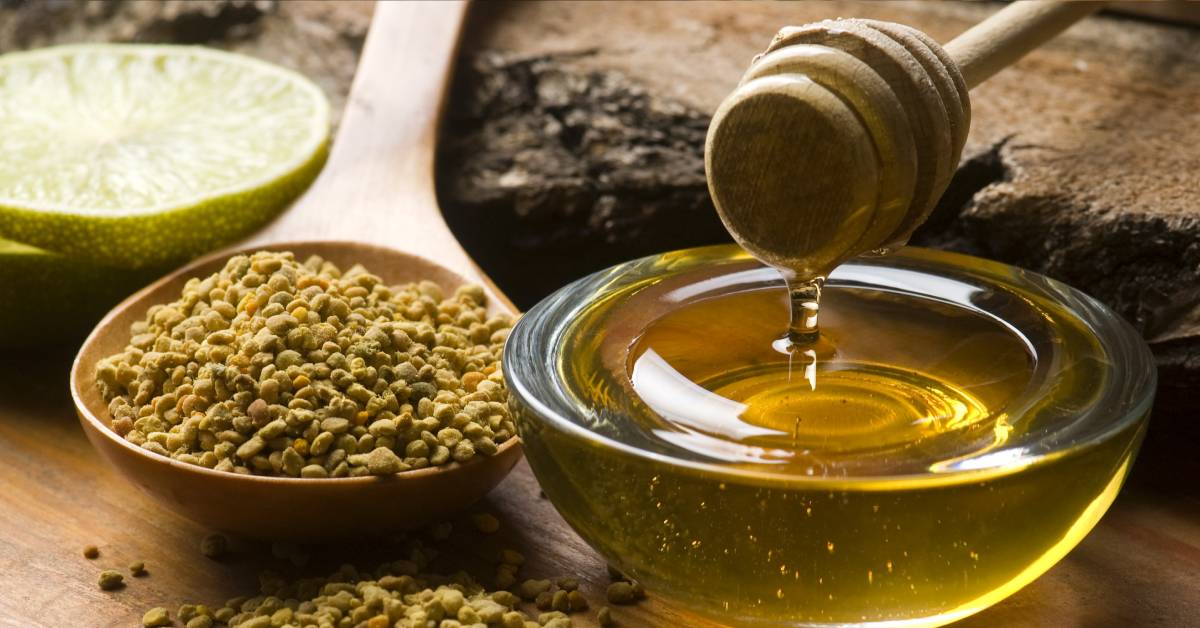In this comprehensive guide, we’ll delve into the rich world of mead – the golden nectar of ancient legends and modern hobbyists alike.
From brewing basics and delicious recipes to the cultural tradition of drinking mead from a horn, this article has got you covered. So grab your drinking horn, sit back, and let’s embark on this journey together.
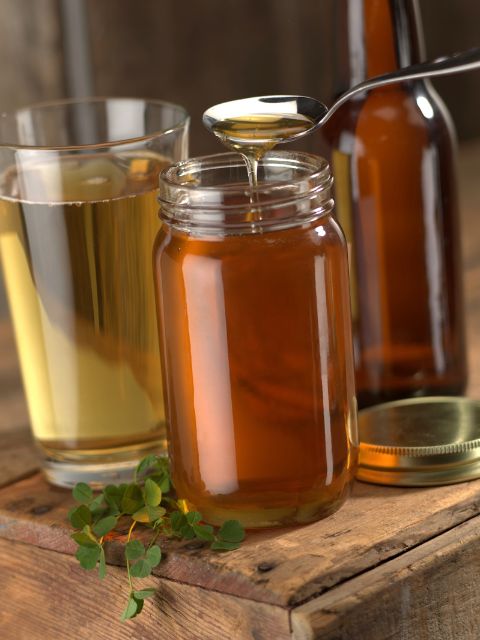
Introduction to Mead
Mead, often referred to as honey wine, is one of the oldest known fermented beverages, with origins dating back thousands of years.
It has held a significant place in various cultures due to its unique taste and brewing process. This section aims to briefly introduce you to this fascinating drink and its historical significance.
History of Mead
Mead’s historical roots trace back to the Neolithic period, with archaeological evidence suggesting its consumption across Europe, Asia, and Africa.
The simplicity of its primary ingredients – honey, water, and yeast – likely made it a popular choice among our ancestors.
From royal tables to religious ceremonies, mead has played a significant role in many societies and continues to be cherished to this day.
Understanding the Importance of Mead in Various Cultures
Each culture has its unique relationship with mead. For instance, in Norse mythology, it was believed to bestow poetic inspiration and wisdom.
In Ethiopia, “tej” or honey wine, is still a staple at social and religious gatherings. Understanding these cultural contexts not only enhances our appreciation of mead but also illustrates its universal appeal.
Basics of Mead Brewing
Mead brewing is an art and a science that requires patience, precision, and a bit of creativity. The basic process involves fermenting honey with water, often adding fruits, spices, grains, or hops for flavor variations.
In this section, we’ll discuss the essential ingredients, equipment, and steps involved in brewing your own mead.
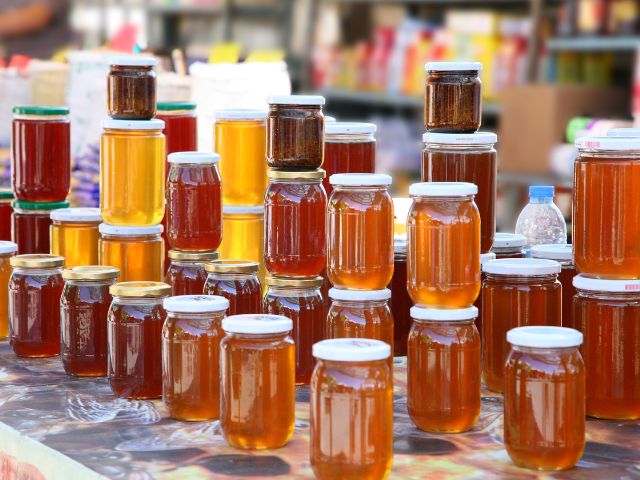
Ingredients Needed for Mead
The three fundamental ingredients for making mead are honey, water, and yeast. Honey is the star of the show, providing the sugars needed for fermentation.
The choice of yeast can significantly impact the flavor profile and alcohol content of the mead, while water acts as the base. Additional ingredients like fruits and spices can be used to create various mead styles and flavors.
Equipment Required for Mead Brewing
To brew mead, you’ll need some basic equipment such as a fermentation vessel (often a glass carboy or food-grade plastic bucket), airlock, siphon tube, hydrometer, thermometer, and sanitizing solution. Advanced brewers might also use a refractometer for precise measurements, but it’s not a necessity for beginners.
Steps in the Mead Brewing Process
The brewing process begins with sanitizing your equipment to prevent undesirable microorganisms from spoiling your brew. Next, you’ll mix your honey and water to create a must, then add yeast to start the fermentation. After a few weeks of fermentation and periodic racking (transferring the liquid away from the sediment), your mead will be ready for bottling and aging.
Health and Safety Considerations in Mead Brewing
While mead brewing is generally a safe hobby, certain precautions need to be taken to ensure a successful and safe brewing experience. Let’s look at the key health and safety considerations involved in the brewing process.

Sanitization in Brewing
Sanitization is crucial in brewing to prevent contamination of your mead by undesirable bacteria or wild yeasts.
Everything that comes into contact with your must should be thoroughly sanitized using a suitable sanitizing solution. It’s also important to maintain cleanliness in your brewing area.
Potential Health Hazards
When handled properly, home brewing is quite safe.
However, one should be mindful of potential hazards such as the handling of glass carboys, which can be heavy and fragile, and ensuring a safe setup for fermentation, as the buildup of carbon dioxide can cause pressure-related accidents if not properly vented with an airlock.
Classic Mead Recipe
Now that we’ve covered the basics, it’s time to dive into the real fun – brewing your own mead! We’ll start with a classic mead recipe that’s perfect for beginners.
Remember, mead-making is part art and part science, so feel free to experiment as you gain more experience.
Ingredients
For a classic mead, you will need about 3 pounds of honey, a gallon of water, and a packet of yeast, such as Lalvin 71B or Red Star Premier Blanc.
It’s best to use high-quality, unpasteurized honey, as the flavor of the honey will significantly influence your final product.
Step-by-Step Instructions
Start by sanitizing all your equipment. Dissolve the honey in some warm water to create your must, then add cool water until you reach the desired volume.
Once the must is at room temperature, pitch your yeast. Install your airlock on your fermentation vessel and let the yeast work its magic!
After about three weeks, your mead should be ready to be racked into a new, clean vessel for aging.
Variations of Mead
Mead is wonderfully versatile, and by adding different fruits, spices, or other flavorings, you can create an endless variety of meads.
Here, we’ll share recipes for three popular types of mead: Melomel (fruit mead), Metheglin (spiced mead), and Cyser (apple mead).
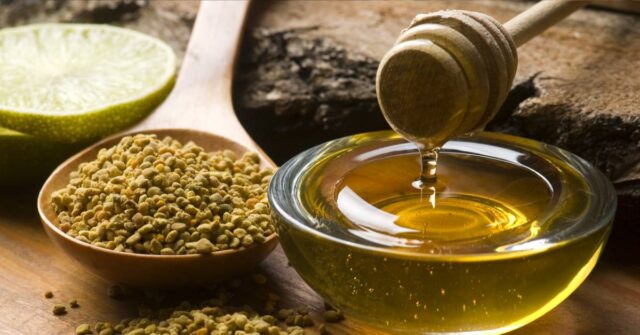
Melomel: Fruit Mead Recipe
Ingredients
In addition to your basic mead ingredients, for a Melomel you’ll need about 2-3 pounds of your favorite fruits. Berries work well, but feel free to experiment!
Step-by-Step Instructions
The process for making a Melomel is similar to the classic mead, but you’ll add your cleaned and prepared fruit to the must before pitching the yeast.
The fruit will infuse its flavors during fermentation, creating a beautifully fragrant and flavorful mead.
Metheglin: Spiced Mead Recipe
Ingredients
For a Metheglin, along with the standard mead ingredients, you’ll need spices of your choice. Commonly used spices include cloves, cinnamon, and nutmeg, but feel free to experiment.
Step-by-Step Instructions
Like the Melomel, the process is much the same as the classic mead, but this time, add your chosen spices to the must before fermentation. Make sure to go easy on the spices – they can be surprisingly potent!
Cyser: Apple Mead Recipe
Ingredients
To make a Cyser, you’ll need your usual mead ingredients, plus about a gallon of fresh, preservative-free apple juice or cider.
Step-by-Step Instructions
This time, replace a portion of the water with apple juice when preparing your must. Then, follow the same steps as for the classic mead. The resulting Cyser will have a lovely apple flavor, perfect for autumn.
Tasting and Pairing
Brewing your own mead is only half the fun; the other half is tasting and sharing it! In this section, we’ll cover how to taste mead properly and suggest some food pairings to enhance your mead-drinking experience.

How to Taste Mead
Tasting mead isn’t too different from tasting wine. Look at the color and clarity, swirl it gently to release the aromas, take a good sniff to identify the scents, then take a small sip.
Let the mead coat your mouth before swallowing to get a full spectrum of flavors.
Best Food Pairings with Mead
Mead’s flavors can complement a variety of foods. Classic meads pair well with creamy cheeses and seafood, while fruit meads can complement desserts or spicy food.
Spiced meads, on the other hand, often go well with hearty dishes like stews and roasts.
Mead and Drinking Horns
Beyond its enchanting flavors, part of the allure of mead lies in the rich cultural traditions associated with its consumption.
One such tradition is drinking mead from a horn, a practice with ancient roots that adds a layer of historical charm to the mead-drinking experience.
The Tradition of Drinking Mead from a Horn
Drinking horns date back to the Classical Antiquity period and were particularly popular in Medieval Europe, often associated with the Viking culture.
Drinking mead from a horn was a part of many social and religious ceremonies and is a tradition still alive today, especially in historical reenactment communities and at Renaissance Fairs.
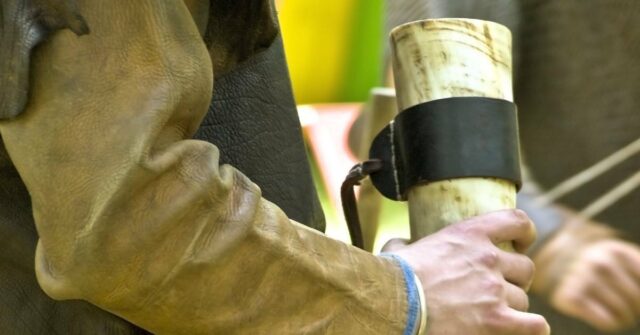
Caring for Your Drinking Horn
A drinking horn requires some special care to maintain. It should be cleaned immediately after use with lukewarm water and mild soap, then dried thoroughly.
It’s not dishwasher safe and should never be used for hot beverages. With the proper care, your drinking horn can last a lifetime, becoming an integral part of your mead-drinking rituals.
Conclusion
And there you have it – a journey through the enchanting world of mead, from its rich historical tapestry and brewing process to its myriad of flavor profiles, and the traditions associated with its consumption.
Mead is more than just a beverage; it’s a testament to our ancestors’ ingenuity and a delicious hobby to boot.
So whether you’re a seasoned mead brewer or a curious beginner, we hope this guide has inspired you to fill your drinking horn with some delightful mead and make a toast to history!

